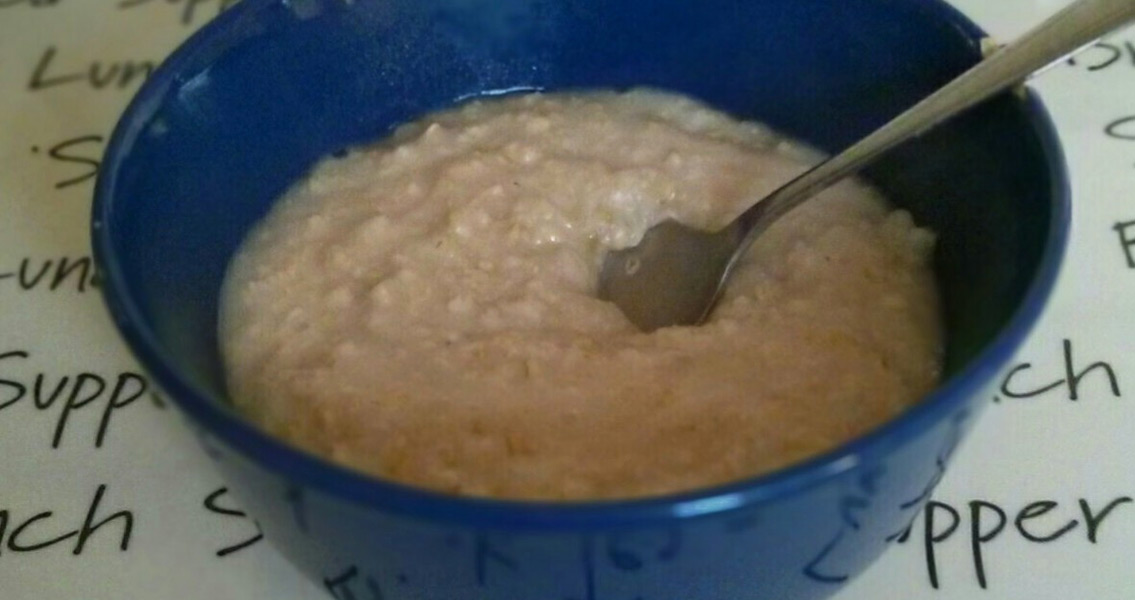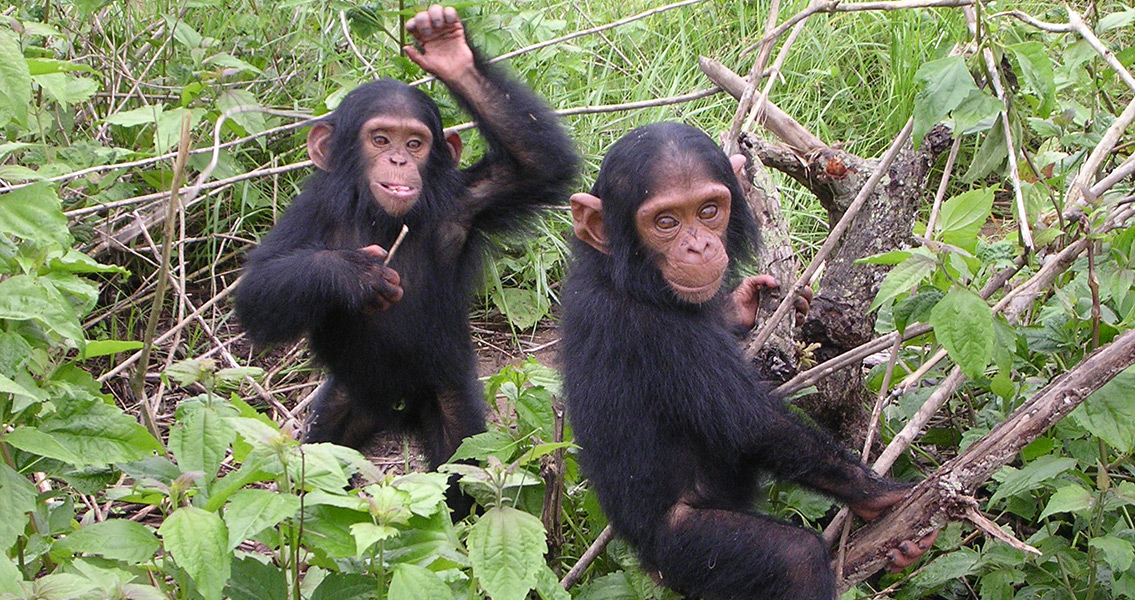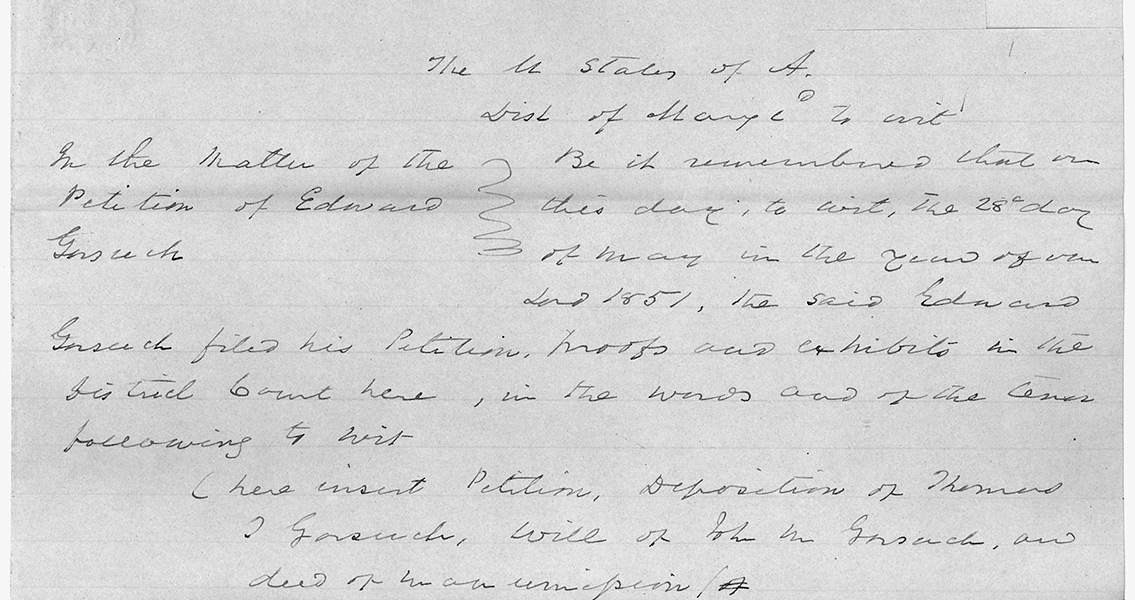an earlier study, it played a major role in the evolution of the human brain. What’s more, in those times of hunter-gathering societies, heated and ground oats were easier to carry when the communities moved around as they did. Those Palaeolithic inhabitants of what is now Apulia weren’t alone in their realisation of the benefits that starch could bring them, Mariotti Lippi told Vox. Earlier studies have shown that people living at the time in central Italy ate bulrush, and in the Middle East, starch was supplied by wild wheat. There is also evidence of starch consumption from Moravia, in the eastern Czech Republic, and Russia, although what sources it was derived from for now remains unclear. One such study, conducted again by Italian researchers, looked at plant remains on grinding stones from around 30,000 years ago and found that Stone Age inhabitants of Italy, Russia, and the Czech Republic ground fern roots to make them easier to cook and digest. The lead researcher in that study, Anna Revedin from the Italian Institute of Prehistory and Early History, told New Scientist that grinding technology may have played an important part in improving Stone Age people’s survival chances in the colder seasons. Commenting on the research to New Scientist, Matt Pote, an archaeologist from University College London, said that plant-based diets had numerous benefits, which could easily be seen in the direct link between the consumption of processed grains over the last twenty millennia and the advancements of human society. According to him, the link between diet, plant food processing experiments and cultural sophistication is an area worth studying in greater depth. Another academic, Erik Trinkaus from Washington University, told the website that the discovery made by Mariotti Lippi’s team adds to evidence about the advances made by the Gravettian culture, which inhabited these parts of Europe during the Upper Palaeolithic. In fact, he says it is possible people processed and ate grains even earlier than 32,000 years ago because even older grinding stones have been found. In any case, evidence is mounting that what modern dieters call the Palaeo diet is probably far from what people actually subsisted on in that period. Image courtesy of Wikimedia Commons user: Keypunch ]]>







